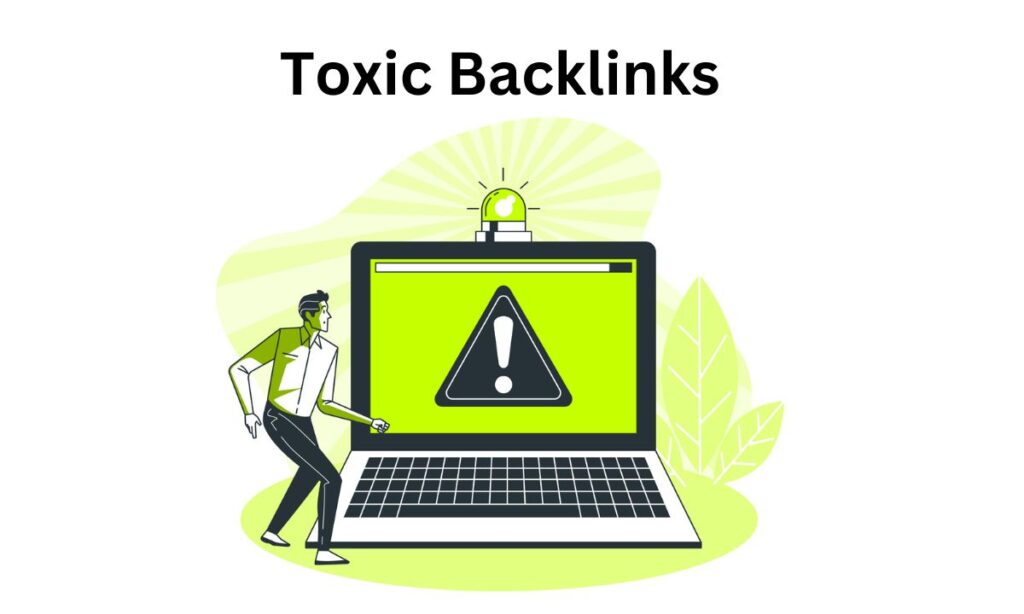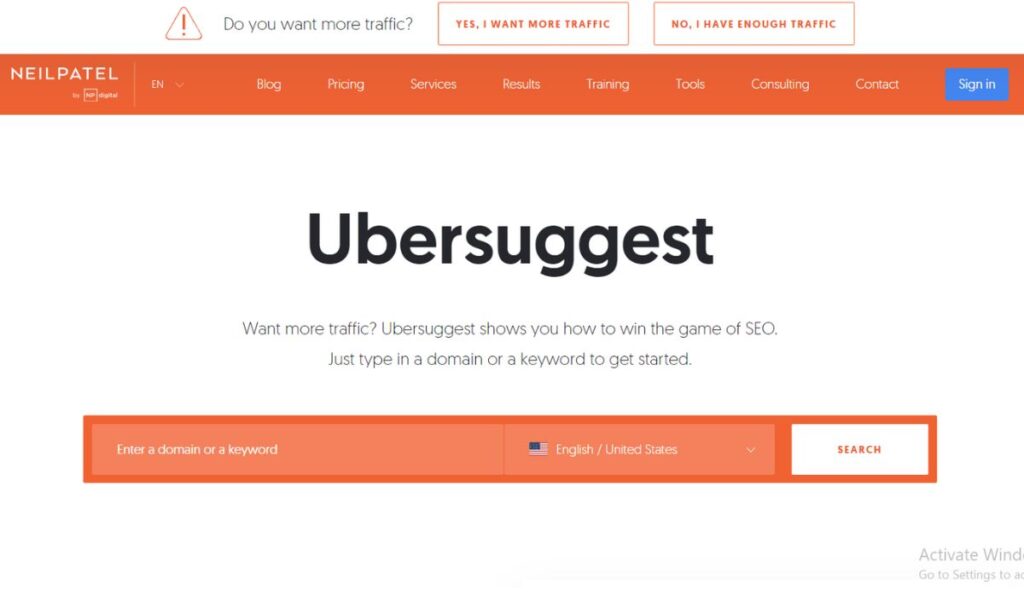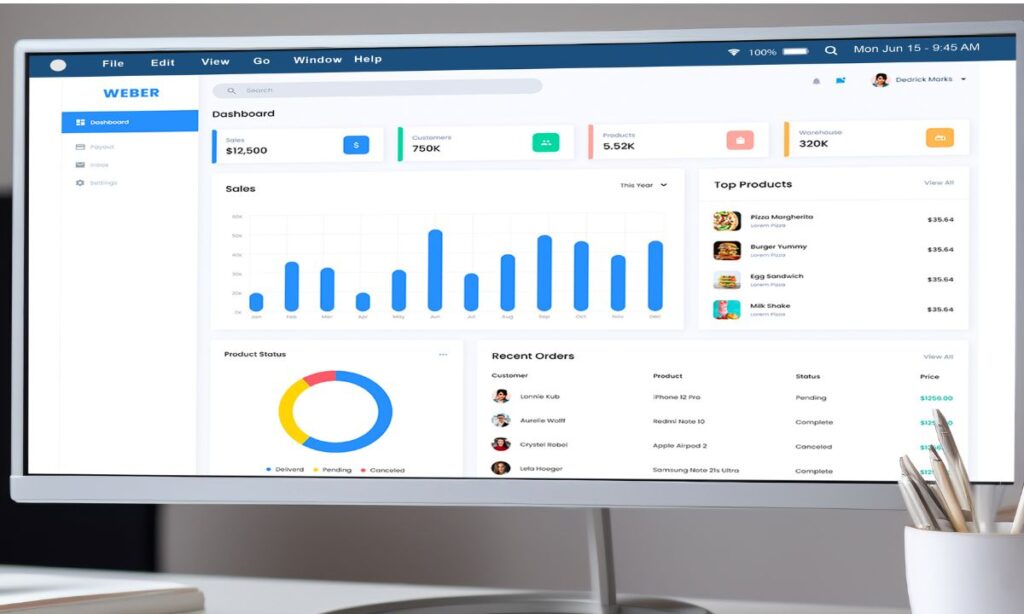Introduction
Backlinks are like votes of confidence from other websites. They tell search engines, “Hey, this content is worth checking out!” But not all backlinks are good. Some can actually harm your website’s rankings and reputation. These are called toxic backlinks. If you’re wondering, “What makes a backlink toxic?” or “How can I identify and fix these bad links?” — this guide has all the answers. By the end, you’ll know how to protect your site from the harmful effects of spammy backlinks and keep your rankings safe.
Let’s dive in!
What Are Toxic Backlinks?
Toxic backlinks are links from websites that negatively impact your site’s SEO. Instead of boosting your authority, these links send red flags to search engines like Google, signaling shady practices. Think of toxic backlinks as bad apples in the basket of your backlink profile. They can rot the SEO effort you’ve worked so hard to build.
Causes of Toxic Backlinks
So, why do toxic backlinks happen? Let’s break it down:
- Link Farms: These are shady websites created solely to link to other sites. They’re like SEO black holes.
- Irrelevant Links: A backlink from a knitting blog to your tech website? Yeah, Google finds that weird.
- Paid Links: If you’ve paid for links, Google’s algorithm might penalize you for trying to game the system.
- Hacked Websites: Links from compromised sites can harm your credibility.
- Low-Quality Content: Links from sites filled with spam or poorly written content often signal trouble.
- Anchor Text Over-Optimization: Using the same keyword-heavy anchor text repeatedly can make Google suspicious.
Why Are Toxic Backlinks a Problem?
You might think, “Hey, a backlink is a backlink, right?” Not quite. Toxic backlinks can:
- Lower Your Rankings: Search engines might think you’re involved in unethical SEO practices.
- Trigger Manual Penalties: Google’s manual reviewers could hit you with a penalty, making recovery a nightmare.
- Damage Your Reputation: Associating with shady websites makes your brand look untrustworthy.
Types of Toxic Backlinks
To identify bad backlinks effectively, you need to know what they look like. Here are the common culprits:
1. Spammy Backlinks
- Links from websites with no real content or purpose other than hosting links.
- Usually full of ads and pop-ups.
2. Irrelevant Links
- Coming from websites that have nothing to do with your niche.
- Example: A food blog linking to a car dealership.
3. Low-Authority Links
- From websites with poor domain authority (DA) and little traffic.
4. Links from Penalized Domains
- Websites that have already been penalized by Google.
5. Excessive Link Exchanges
- “You link to me, and I’ll link to you.” When overdone, this can look manipulative.
6. Links Hidden in Widgets or Footer
- Links stuffed in site widgets or footers are often invisible to regular visitors.
7. Duplicate Content Links
- Links come from sites that copy-paste content from elsewhere.
How to Identify Toxic Backlinks
Spotting toxic backlinks requires some detective work. Here’s how you can do it:
1. Use Backlink Analysis Tools
Tools like Ahrefs, SEMrush, or Google Search Console can help you identify your backlink profile. Look for red flags like low domain authority or spammy sources.
2. Check for Relevance
Ask yourself: Does this link make sense for my niche? A health website linking to a gaming blog isn’t natural.
3. Look at Anchor Text
Over-optimized anchor text like “Buy cheap watches” can be a sign of spammy backlinks.
4. Review Domain Authority
Use tools to check the DA of the linking site. A score below 10 could indicate a low-quality link.
5. Spot Signs of Spam
If the site is filled with ads, pop-ups, or unrelated content, the backlink is probably toxic.
6. Manual Check
Visit the linking site to assess its quality manually. Does it look legitimate?
How Toxic Backlinks Affect Your Website

1/ Search Engine Rankings Drop
Google’s algorithms can devalue your site if it detects too many bad backlinks.
2/ Risk of Google Penalties
You might face a manual penalty, which could wipe out your organic traffic.
3/ Loss of Credibility
Your audience may lose trust if they associate your site with spammy practices.
4/ Wasted SEO Efforts
Toxic backlinks can undo months of hard work in building your site’s authority.
How to Fix Toxic Backlinks
Here’s the good news: You can take steps to fix toxic backlinks. Follow these steps:
1- Audit Your Backlinks
Use tools like Google Search Console, Ahrefs, or SEMrush to generate a report of your backlinks.
2- Identify Problematic Links
- Look for spammy domains.
- Check for irrelevant anchor text.
- Spot duplicate or hacked websites.
3- Reach Out to Webmasters
Politely ask the owners of low-quality sites to remove your link. It doesn’t always work, but it’s worth a shot.
4- Use the Disavow Tool
If you can’t get a link removed, tell Google to ignore it using the Disavow Tool.
5- Monitor Regularly
Make backlink audits a regular part of your SEO strategy to catch toxic links early.
6- Build High-Quality Backlinks
Replace toxic links with high-quality ones. Focus on:
- Guest posting on reputable sites.
- Building relationships with influencers in your niche.
Tools to Help You Identify and Fix Toxic Backlinks
- Ahrefs is Great for in-depth backlink analysis.
- SEMrush Offers a Toxic Score to quickly flag bad links.
- Google Search Console Free and easy to use for monitoring backlinks.
- Moz Link Explorer Good for checking domain authority and spam scores.
- Disavow Tool Google’s tool for ignoring harmful links.
Final Thoughts: Staying Safe
Toxic backlinks are an inevitable part of the SEO landscape, but they don’t have to ruin your efforts. By learning how to identify bad backlinks, understanding what causes them, and taking steps to fix them, you can protect your website and maintain a healthy SEO profile.
Remember, prevention is always better than cure. Keep building high-quality, relevant links and monitoring your backlink profile to stay ahead of potential issues.
FAQs
Q: What are toxic backlinks?
A: Toxic backlinks are harmful links from low-quality or irrelevant websites that negatively impact your site’s SEO and reputation.
Q: How can I identify toxic backlinks?
A: Use tools like Ahrefs, SEMrush, or Google Search Console to analyze your backlinks. Look for links from spammy, low-quality, or irrelevant websites.
Q: What happens if I don’t remove toxic backlinks?
A: Toxic backlinks can lower your search engine rankings, trigger Google penalties, and damage your site’s credibility.
Q: Can I remove toxic backlinks myself?
A: Yes, you can contact the webmasters of harmful sites to request removal or use Google’s Disavow Tool to tell search engines to ignore them.
Q: How often should I check for toxic backlinks?
A: Regularly monitor your backlink profile—monthly or quarterly—to catch and address toxic links early.

Welcome to Digital Profit Track, sharing insights on digital marketing, freelancing, and online earning.
Contact me at: team@digitalwsf.com




